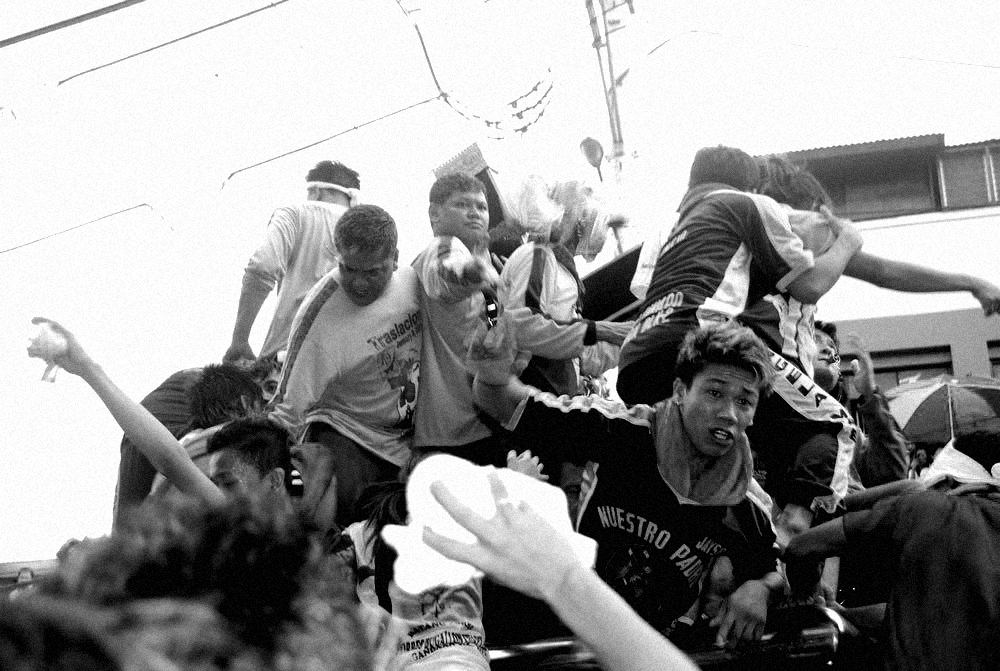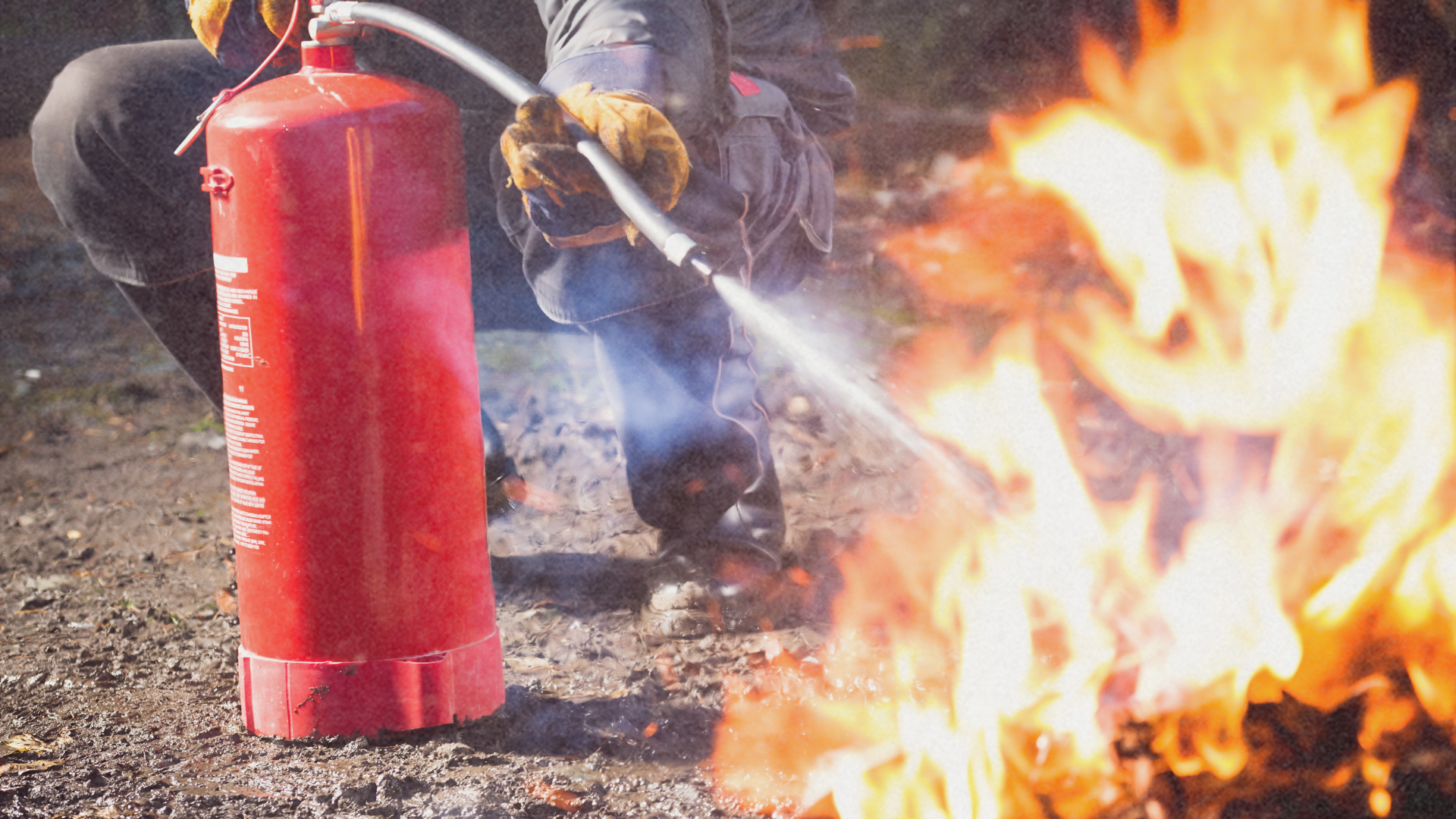The Feast of the Black Nazarene is a cultural milestone of the capital, as well as an annual challenge for security forces.

January 9, 2017 – The streets from the Quirino Grandstand to the Quiapo Church teemed with people. Droves upon droves of devotees participated in the yearly Traslacion, commemorating the first procession of the Black Nazarene when it was transferred from Intramuros to the Minor Basilica in Quiapo, Manila. The sea of devotees, which span age, gender, and physique, is a sight to beholden.
Yearly, the procession starts from the Quirino Grandstand to the Quiapo Church and after 22 hours and 6.9 kilometers the statue of the Black Nazarene is back in its place, Quiapo.
Authorities estimate more than 12 million participants at the peripherals, with more than one million devotees joining the procession. As one of the biggest religious events in Asia the Philippine National Police (PNP), Armed Forces of the Philippines (AFP), and the Metro Manila Development Authority (MMDA) face the herculean task of ensuring the safety of those attending.
So how did they do?
Days before the procession there were no intelligence reports of any threat to the Traslacion this year. But that did not deter authorities from making the necessary preparations. There is always a threat:
“There’s no information, but the threat is there,” said Chief Superintendent Oscar Albayalde, director of the NCR Police Office in a briefing last Thursday. “The threat is always there.”
Col. Edgard Arevalo head of the Armed Forces of the Philippines public information office said: “if we are going to profile (past terrorist acts), we have seen that these terrorists have targeted big gatherings and the Feast of the Black Nazarene is no exception.”
A no-fly zone for camera drones was set and signal jammers were employed along the route of the procession. The latter would deter bombings as cellphone signals could trigger improvised explosive devices (IEDs). Open manholes were covered and garbage cans were removed, as it could be places where IEDs are hidden. Concrete barriers were placed and potholes along the procession route were cemented to prevent unwanted incidents.
As for manning the route, at least 5000 police officers and soldiers would be deployed along with 1200 MMDA personnel to provide security and emergency services. The Bureau of Fire Protection deployed six fire trucks, an ambulance, and a rescue truck along with additional personnel. 175 medical teams were stationed at the vicinity of Quiapo Church and along the route of the procession.
Despite fears of possible terror attacks the PNP reported that this year’s procession was generally peaceful and no crimes have been recorded. The police station commander at Plaza Miranda, Station Commander John Guiagui told reporters that “all is in place” in the peace and order situation of the Traslacion. No IEDs were found. There was a minor scare at the vicinity of the Quiapo Church as an unattended black bag was thought to be explosive in nature, but turned out to be a woman’s luggage, which she had left while looking for a bathroom.
Aside from 2,235 reports of various injuries treated by the Philippine Red Cross, there were no reported deaths or untoward incidents. No acts of terror were reported nor occurred. The Traslacion proceeded and ended peacefully after 22 hours and 19 minutes despite reports of possible terror threats. In a statement on Tuesday, January 10, 2017, Mayor Estrada said: “It’s a God’s miracle that no one was seriously hurt, no one died. No matter how excellent our preparations are, it is God’s doing that we’re able to hold the Traslacion safely and peacefully.”
So as the old boy scout adage holds: “be prepared.” It turns out that extensive preparations is the key to preventing any type of untoward incident. All the more so for events of such enormous scale.





